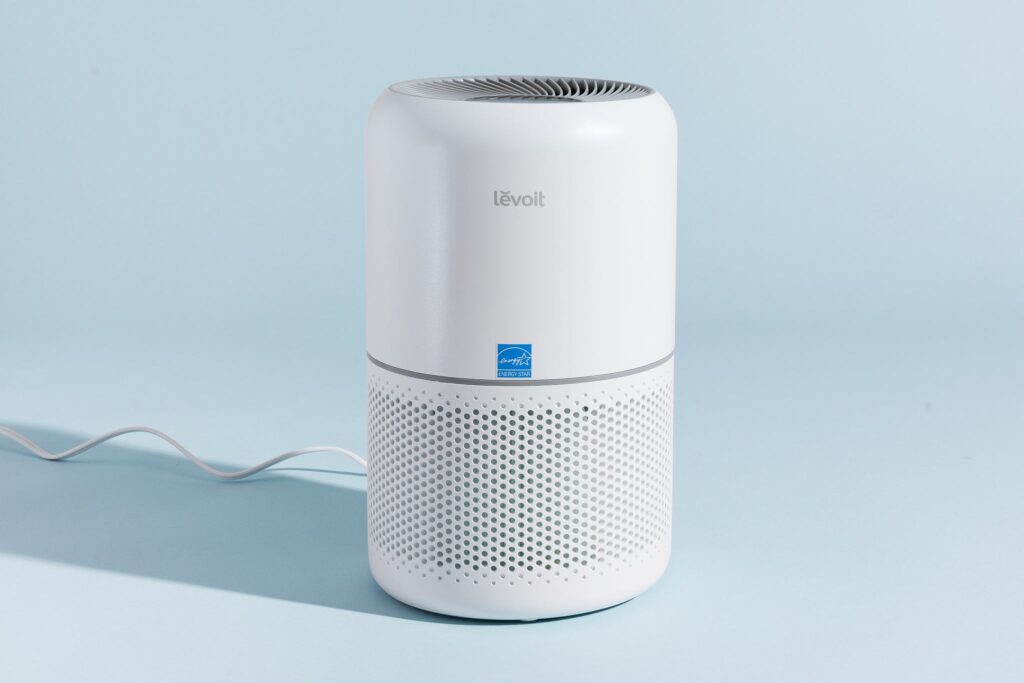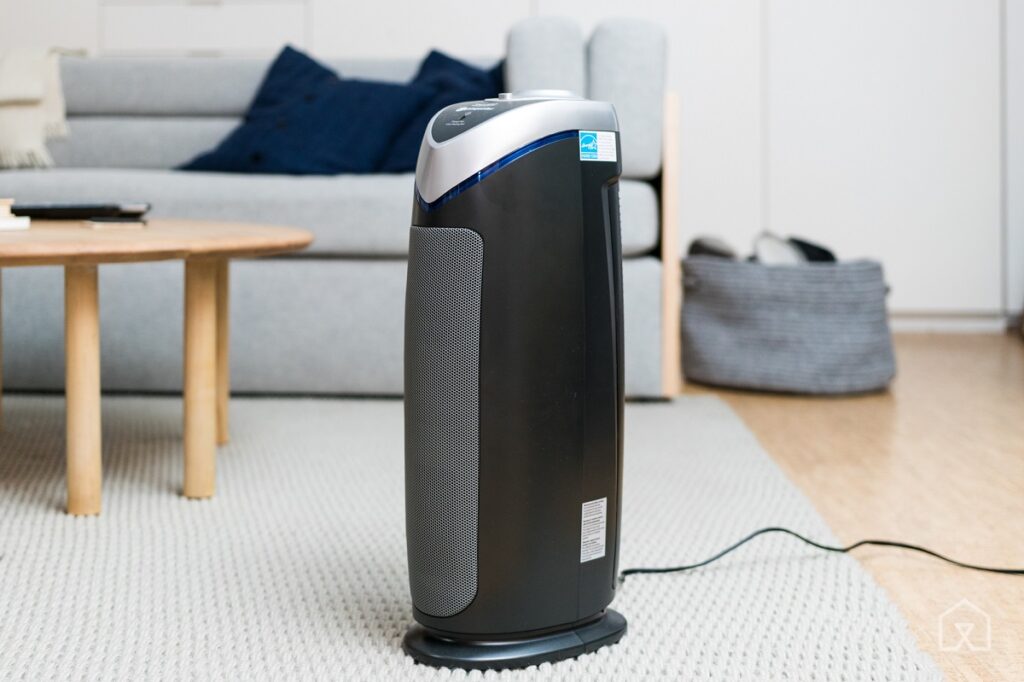
air purifiers Electricity Costs! are a topic of growing interest as more households and businesses integrate these devices into their daily lives. Air purifiers, while essential for maintaining indoor air quality, do consume power, and understanding their impact on our electricity bills is crucial. These devices are instrumental in filtering out pollutants, allergens, and other airborne contaminants, ensuring a healthier living and working environment. However, like all electrical appliances, they come with operational costs.
This article delves deep into the electricity consumption patterns of air purifiers, highlighting their importance in our spaces and providing insights into their long-term financial implications. Dive in with us as we explore the balance between clean air and the cost of achieving it.
What is Electricity Cost?

Electricity cost, at its core, refers to the amount of money consumers pay for consuming electrical power. It’s the price tag attached to the lights we turn on, the appliances we use, and the gadgets we charge. But what factors into this cost, and how is it determined?
The calculation of electricity cost is typically based on two primary components: the amount of electricity consumed (measured in kilowatt-hours or kWh) and the rate at which the electricity is charged (often referred to as the tariff or rate per kWh). The formula is quite straightforward:
Electricity Cost = Amount of Electricity Consumed (kWh) x Rate per kWh
For instance, if you use 100 kWh in a month and the rate is $0.10 per kWh, your electricity cost for that month would be $10.
However, it’s essential to note that the rate per kWh can vary based on several factors. These can include the time of day (peak vs. off-peak hours), the source of the electricity (renewable vs. non-renewable), and regional or local utility policies. Additionally, there might be fixed charges, taxes, and other fees that utilities add to the final bill.
How Much Electricity Do Air Purifiers Use?

Air purifiers are essential devices for improving indoor air quality by removing pollutants such as dust, pollen, smoke, and certain microorganisms. Their electricity consumption, however, is a common concern for many users.
How Air Purifiers Work
Air purifiers are devices powered by electricity designed to improve indoor air quality. They achieve this by filtering out pollutants such as dust, pollen, pet dander, and smoke. The primary mechanism involves drawing air into the device, passing it through a series of filters, and then releasing the purified air back into the room.
Electricity Consumption of Air Purifiers
Air purifiers vary in their power consumption based on their size, features, and settings. Here’s a breakdown based on the information from the source:
Do air purifiers use a lot of electricity?
Air purifiers are recommended to run 24 hours a day. While this might seem like it would consume a lot of electricity, most air purifiers are quite energy efficient.
They typically have a maximum wattage ranging from 40W to 200W for the highest speed settings. However, they can also run on lower settings that consume between 10-30 watts.
Average Electricity Consumption
Most air purifiers use between 8 watts and 56 watts on average.
For perspective, a refrigerator consumes about 3-5 times more energy than an air purifier. Running an air purifier uses roughly the same amount of energy as charging an iPhone.
Cost Implications
On average, air purifiers that run continuously cost between $0.05 and $1.00 per day. This translates to about $0.35 to $7.00 per week.
Large room air purifiers (100W) cost between $0.24 and $0.40 per day.
Mid-sized air purifiers (77W) cost about $0.24 per day.
Small room air purifiers (28W) cost less than $0.10 per day.
Energy-Efficient Options
For those concerned about energy consumption, it’s advisable to invest in energy-efficient air purifiers. For instance, the Alen BreatheSmart 75i has a top wattage of only 45W, costing about $0.14 per day or $1.00 per week when run on high speed.
How Much Does It Cost to Run an Air Purifier ?

Air purifiers have become increasingly popular in homes and offices around the world, especially in areas with high levels of pollution or allergens. These devices work by filtering and cleaning the air, removing harmful particles, and improving indoor air quality. While the health benefits of using an air purifier are evident, many potential users often wonder about the cost implications of running such a device. How much does it add to the electricity bill? Is it cost-effective in the long run? In this article, we’ll delve into the factors that determine the cost of running an air purifier and provide a clear understanding of its economic impact.
Power Consumption
The first thing you need to know is the power consumption of the air purifier, which is typically measured in watts (W). This information can usually be found on the product label or in the user manual.
Hours of Operation
Determine how many hours per day you plan to run the air purifier. Some people run it 24/7, while others might only run it during specific times of the day or night.
Electricity Rate
You’ll need to know the cost of electricity in your area, which is typically measured in cents per kilowatt-hour (kWh). This information can be found on your electricity bill or by contacting your local utility company.
Calculation
To calculate the daily cost of running the air purifier:
Daily Cost
Daily Cost=(Power Consumption in kW×Hours of Operation)×Electricity Rat
To convert watts to kilowatts, divide by 1,000. For example, 50 watts is 0.05 kilowatts.
Example
Let’s say you have an air purifier that consumes 50 watts (or 0.05 kW) and you run it for 12 hours a day. If your electricity rate is $0.10 per kWh, the calculation would be:
\text{Daily Cost} = (0.05 kW \times 12 hours) \times $0.10 = $0.06
So, it would cost $0.06 per day to run the air purifier. For a month (assuming 30 days), it would be:
\text{Monthly Cost} = $0.06 \times 30 = $1.80
How to Select the Right Air Purifier for Your Needs?
Selecting the right air purifier can be a daunting task given the plethora of options available in the market. However, understanding your specific needs and being aware of the key factors to consider can make the selection process smoother. Here’s a guide to help you make an informed decision:
Determine Your Primary Need
Allergies: If you suffer from allergies, look for an air purifier specifically designed to capture allergens like pollen, pet dander, and dust mites.
Asthma or Respiratory Issues: Opt for devices that remove asthma triggers, such as VOCs (Volatile Organic Compounds) and certain odors.
Smoke: If you live in an area with frequent wildfires or if there are smokers in your home, consider purifiers that are effective against smoke particles and odors.
General Air Quality: For improving overall indoor air quality, a standard air purifier with a HEPA filter can be effective.
Room Size
Measure the room where you plan to place the air purifier. Ensure the device you choose is rated for that room size or larger. Look for the CADR (Clean Air Delivery Rate) rating, which indicates the volume of clean air the purifier can deliver per minute.
Filter Type
HEPA (High-Efficiency Particulate Air): Captures at least 99.97% of particles 0.3 microns in diameter, such as pollen, dust, and pet dander.
Activated Carbon filter : Effective for removing odors, gases, and VOCs.
UV-C Light: Kills germs, viruses, and bacteria but may produce ozone unless properly shielded.
Ionic: Emits charged particles to attract and neutralize contaminants. Some may produce ozone, so choose wisely.
Noise Level
If you’re placing the purifier in a bedroom or study, consider its noise level. Check the decibel (dB) rating – the lower, the quieter.
Maintenance and Filter Replacement
Understand the maintenance requirements and the frequency of filter replacements. Some filters may need to be replaced every few months, while others can last up to a year.
Additional Features
Air Quality Sensors: Automatically adjust the fan speed based on the air quality.
Filter Replacement Indicators: Notify you when it’s time to change the filter.
Adjustable Fan Speeds: Allow you to control the purification rate.
Remote Control or App Integration: For ease of use and monitoring.
Cost and Warranty
Consider the initial cost of the purifier and the long-term costs of filter replacements. Also, check if the product comes with a warranty for added peace of mind.
Certifications
Look for certifications like the AHAM (Association of Home Appliance Manufacturers) seal, which ensures the device meets specific performance standards. Also, ensure the purifier is certified to be ozone-free.
FAQS for Air Purifiers Electricity Costs
How much electricity does a typical air purifier use?
Most air purifiers have an average daily consumption ranging from 15W to 50W, depending on their size and functionality.
Is running an air purifier all day expensive?
While the cost varies based on local electricity rates and the purifier’s power consumption, on average, running an air purifier continuously can cost around $3-4 per month.
Do all air purifiers consume the same amount of electricity?
No, the electricity consumption varies based on the model, size, and features of the air purifier. High-end models with more features might consume more power.
How can I reduce the electricity costs of my air purifier?
Consider using the air purifier’s timer feature, adjusting its settings based on air quality, or running it during off-peak electricity hours if your area has variable electricity rates.
Does the type of filter in an air purifier affect its electricity consumption?
Generally, the type of filter (e.g., HEPA, activated carbon) doesn’t significantly impact electricity consumption. However, a clogged filter can make the purifier work harder, potentially using more electricity.
Are there energy-efficient air purifiers available in the market?
Yes, many modern air purifiers are designed to be energy-efficient. Look for models with energy-saving modes or those that have received energy efficiency certifications.
How does the Clean Air Delivery Rate (CADR) relate to electricity consumption?
CADR indicates the volume of clean air the purifier can deliver per minute. While a higher CADR might suggest better performance, it doesn’t necessarily mean higher electricity consumption. Always check the purifier’s wattage for a clearer picture of its power usage.